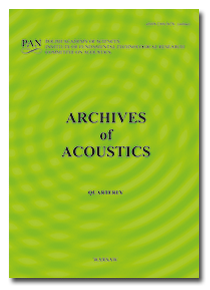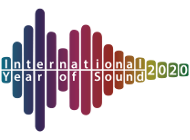Archives of Acoustics,
17, 1, pp. 17-30, 1992
Timbre, tone color, and sound quality: concepts and definitions
Timbre is a magic word used by composers, musicians, sound engineers, and other audio and hearing professionals to describe all auditory sensations other than pitch, loudness, and perceived duration. The concept of timbre is widely used and has a long tradition. However, the meaning of timbre is fuzzy and encompasses an enormous variety of phenomena. The formal definition of timbre, as accepted by the American Standards Association, is very limited and impractical and there is little consistency in its interpretation. There also is general confusion regarding relations among timbre, tone color, and sound quality, which are frequently treated as synonymous terms. In addition, a multidimensional character of timbre is not supported by a practical system of well-defined and clearly linked dimensions. To develop such a system one needs to clarify the meaning of timbre and to reexamine its current definition.
Full Text:
PDF
Copyright © Polish Academy of Sciences & Institute of Fundamental Technological Research (IPPT PAN).
References
American National Standards Institute, USA Standard Acoustical Terminology, S1.1-1960 (1960).
R.A.W. BLADON, B. LINDBLOM, Modeling the judgment of vowel quality differences, J. Acoust. Soc. Am., 69, 1414-1422 (1981).
E.G. BORING, S.S. STEVENS, The nature of tonal brightness, Proc. Nat. Acad. Sci., 2, 514-521 (1936).
R.J. CHRISTMAN, Sensory experience, Scranton, PA: Intext Educational Publishers, 1971.





